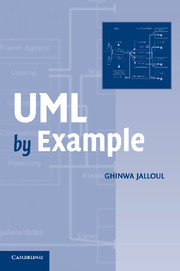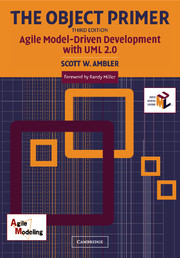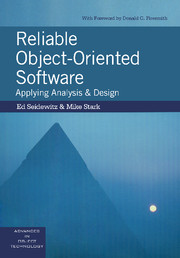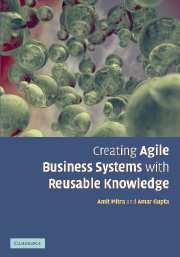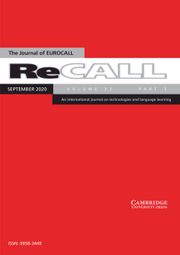UML by Example
This is a step-by-step introduction to object-oriented software development. It is suitable for teaching and for self study by practising software engineers seeking to add rigour to their techniques. Seven complete case studies are included along with several smaller examples derived from small software projects developed for and delivered to real users. These examples make use of a bridge process, which presents a systematic approach for developing analysis models and unfolding these incrementally and iteratively through to design models and implementation. The process could be viewed as one example of unified software development and has the potential of being scalable to large software problems. It also provides a model for organising deliverables obtained throughout different phases of the software life cycle. These case studies provide a medium for experimental use and act as templates that can be tailored by readers to fit their specific needs and circumstances.
- Presents an original systematic object-oriented development method
- Presents exercises and original and detailed case studies appropriate for teaching or training
- Rich with illustrations of modeling artifacts in UML notation such as use case models, activity diagrams, object models and architectural models
Product details
January 2004Paperback
9780521008815
276 pages
229 × 153 × 17 mm
0.383kg
200 b/w illus. 25 exercises
Available
Table of Contents
- 1. Modeling artifacts and relations
- 2. Bridge: a systematic process model
- 3. Reservations online
- 4. Web page maker
- 5. Simulating a robot arm
- 6. Math tutor
- 7. Distribution view.

